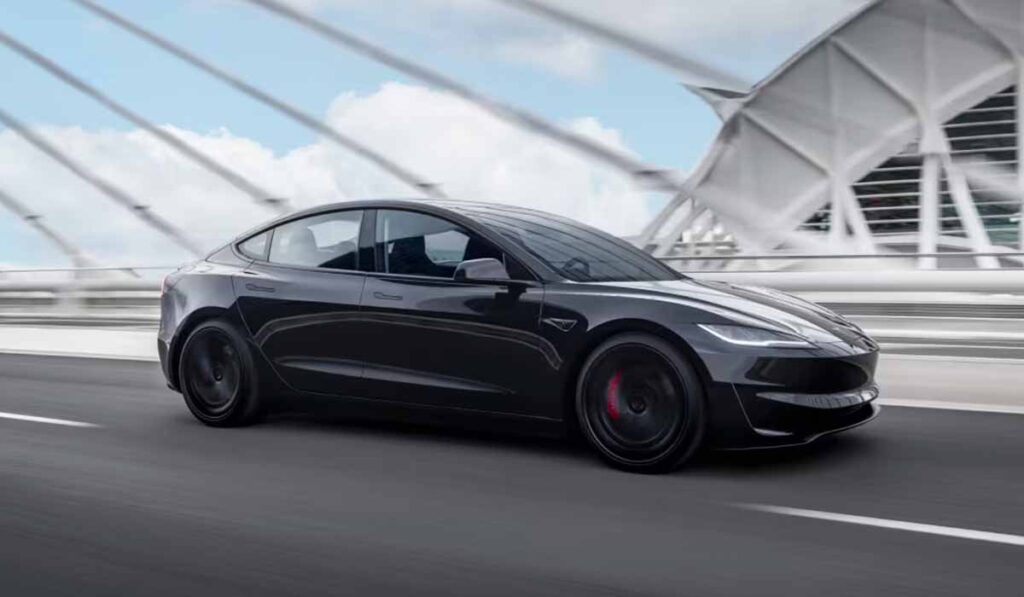In September, the Iberian Peninsula experienced a new stage in its transition towards electric mobility, although with mixed results.
While electric vehicle sales continue to grow in both countries, data shows that the push toward electrification faces notable differences in its dynamics and levels of adoption.
In Portugal, the light passenger car segment is the one showing the greatest growth.
During the ninth month of 2024, 8,989 units of electrified cars were registered, which represents a significant increase of 25.4% compared to 2023.
This increase reflects the strong adoption of zero- and low-emission models, which in cumulative terms until September reached 75,717 units, with a positive variation of 11.4%.
Pure electric vehicles are the ones that stand out, registering an increase of 43.9% compared to September 2023, with 4,053 units registered.
In contrast, Spain shows greater variability in the performance of the different segments.
While sales of zero-emission cars grew by 32% in September, with a total of 7,440 units registered, other categories have registered declines.
Plug-in hybrids, for example, have seen a 16.4% decline in the ninth month of the year, with 4,136 cars registered.
This is an indicator that some buyers are prioritizing 100% electric models over hybrids.
In addition, 14% of passenger cars registered in Spain were electrified, underlining the gradual shift in consumer preferences.
What about electric light commercial vehicles?
Despite the drop in sales of these vehicles in Portugal, with a reduction of 31.8% in September, the accumulated figure for the year shows a more moderate drop of 3.6%, with 1,718 units registered.
Spain, for its part, has also experienced a certain slowdown in the sale of electric vans, with a drop of 37.5% in September.
This could indicate a lack of suitable or accessible models for the needs of the commercial sector.
Tesla remains the dominant brand in the Spanish-speaking country.
The Model 3 is the best-selling electric vehicle in September, with 2,221 units registered, while the Model Y also manages to stand out with 646 units.
However, German brands such as Mercedes and BMW also manage to stay at the top of the sales charts, with models such as the Mercedes GLC-Class (375) and the BMW iX2 (175) showing sustained growth.


Head to head in the deployment of charging points
In terms of charging infrastructure, both countries are showing clear progress.
Portugal continues to increase the availability of charging points through the Mobi.E network, which at the end of September had 5,341 public access points, with 37.8% of these being high-speed.
In environmental terms, the impact is significant, with savings of around 70,000 tonnes of CO2 between January and September.
This network growth is considered one of the most important factors for the increase in registrations, providing greater confidence and convenience to users.
It is worth noting that more than 535,000 recharges were made in September, an increase of 58% compared to last year.
Spain, meanwhile, reached 37,136 points, representing a growth of 35.4% compared to the same period last year.
The focus is on the implementation of high-power charging devices in interurban environments.
These data show that the predominant trends include a preference for 100% electric models in Spain and Portugal, but with significant variations between the two markets.
While in Portugal growth has been driven by pure electric vehicles, in Spain the trend towards plug-in hybrids is still present, despite their recent slowdown in sales.








